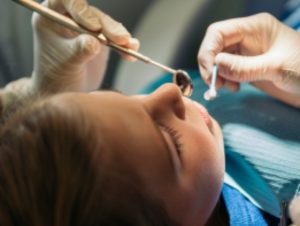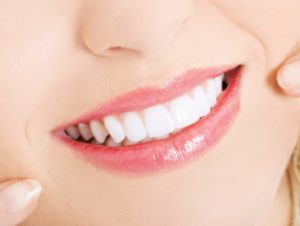Undergoing corrective treatment to straighten or align the teeth and jaw is often something associated with childhood. We can all recall either having to wear braces ourselves when we were younger, or knowing someone else who did. However, the good news for adults who did not have corrective treatment, but wished they did is that it’s not too late to consider orthodontics! There is no upper age limit, and the treatment can be a highly effective and non-invasive way to look younger and feel more confident.
Living with a crooked smile or misaligned jaw can affect self-confidence, make it harder to keep teeth and gums clean and even cause discomfort or pain. Many adults are now looking into ways in which orthodontics can improve matters. One option that is proving particularly popular with adults at the moment is Invisalign.
What is Invisalign and how does it work?
Invisalign is a virtually invisible orthodontics treatment that enables the correction of the teeth to produce an improved smile. It is especially effective for people with gaps between their teeth, underbites, overbites and crooked or crowded teeth. The process uses custom moulded trays that fit exactly into the mouth, covering the teeth to encourage them to move into the desired position. The patient wears the trays throughout the day and night, although they can be removed for teeth cleaning, eating and special occasions. Every couple of weeks, a new mould is made to reflect how the teeth have moved. Eventually, this leads to perfectly straightened teeth.
What are the advantages of choosing this type of orthodontics?
Invisalign is a discreet form or orthodontics treatment, meaning that you don’t have to announce to friends and family what you are doing. The treatment can be hugely successful, both for minimal movements and in more severe misalignment cases. It does not hurt, and the straightening happens at a comfortable, controlled pace. You can eat and drink normally, as you are able to remove the Invisalign tray to do so. This also helps you to keep your teeth clean and follow your normal dental hygiene routines. Unlike other forms of corrective retainers, such as metal braces, there are no wires or brackets that could break off, or irritate your mouth.
How are the Invisalign trays measured and made?
At the start of the process, your orthodontics practitioner will ask a series of questions to help choose the best type of treatment for you. This will include a full medical history and run-down of your dental habits. They will also take photographs of your teeth and jaw. Next, your dentist will take detailed x-rays and scans that will be used to create your custom Invisalign trays. A computer simulation will show you how your teeth and jaw can be corrected – and what your smile will look like at the end of the treatment.
What happens during the fitting process?
Once the trays have been made, your orthodontics expert will fit them, make any adjustment necessary and explain how they work. You will then go home and wear them for two weeks, before returning to the dentist for your next custom-made mould. Your teeth will move a couple of millimetres each time, so the new tray will be measured to reflect the change and guide the teeth to their next required position. The small increments help ensure that the teeth are not damaged by being forced to realign too much at once. After the process is complete and your teeth are in their final positions, you will be given Invisalign retainers to wear. This stops the teeth them from moving back to their original positions while the bone hardens around the teeth.
How do you care for your Invisalign trays and retainer?
When you take your Invisalign trays or retainer out, wash them in lukewarm water and brush them gently with a toothbrush to remove any loose debris. This is especially important if you forget you are wearing them and eat or drink with them in. You should soak your tray daily in special solution provided by your dentist. Always brush your teeth and floss after eating and before replacing your Invisalign tray to help keep it clean. When not wearing them, store Invisalign trays and retainers in their case to prevent damage. Never share trays with anyone else.





